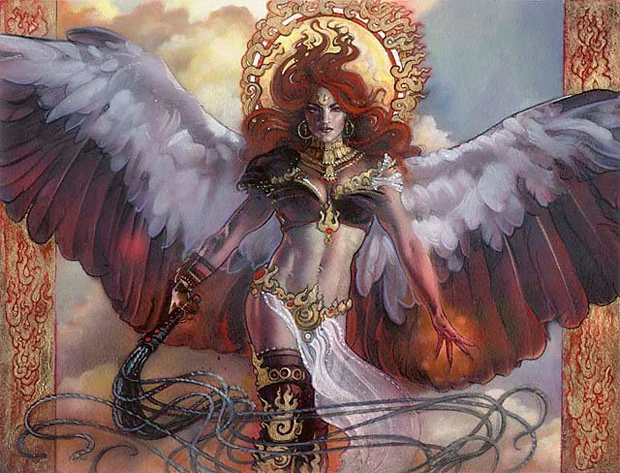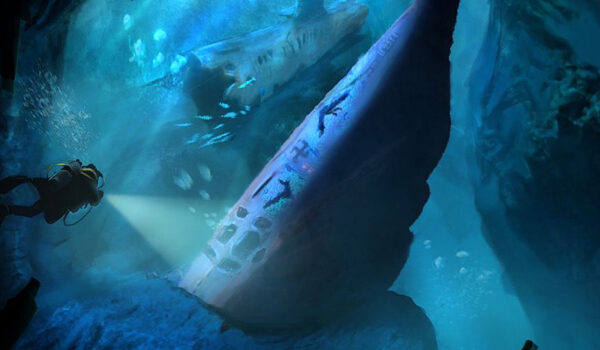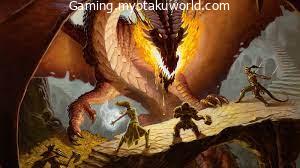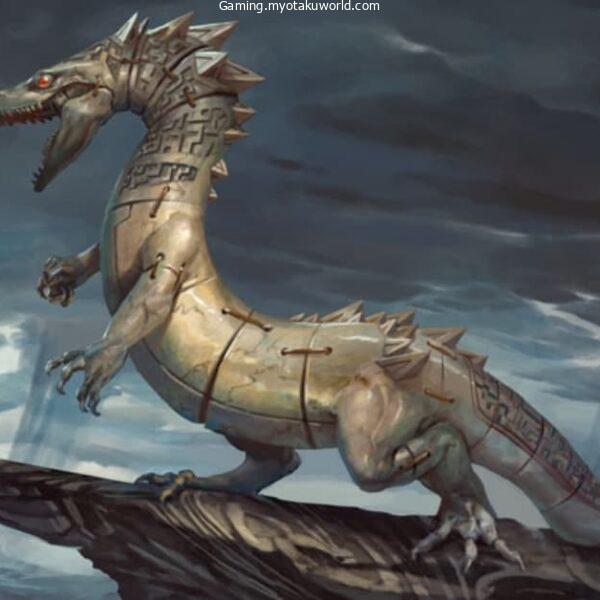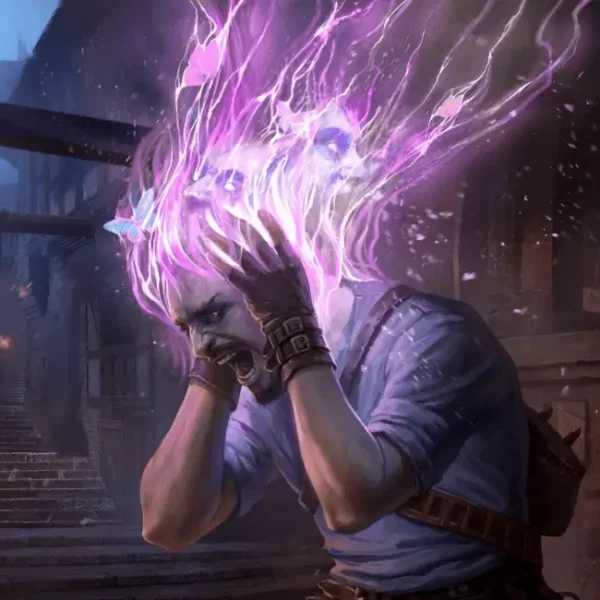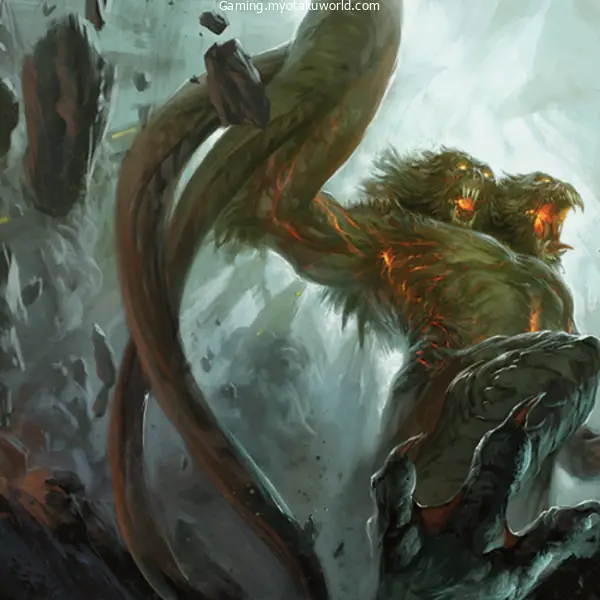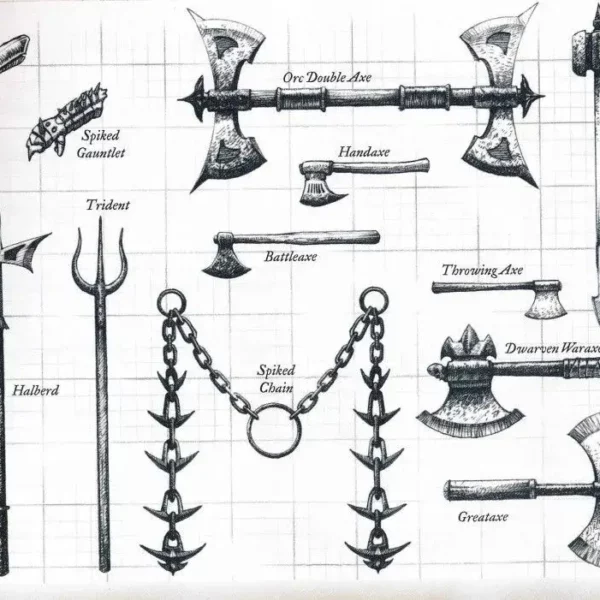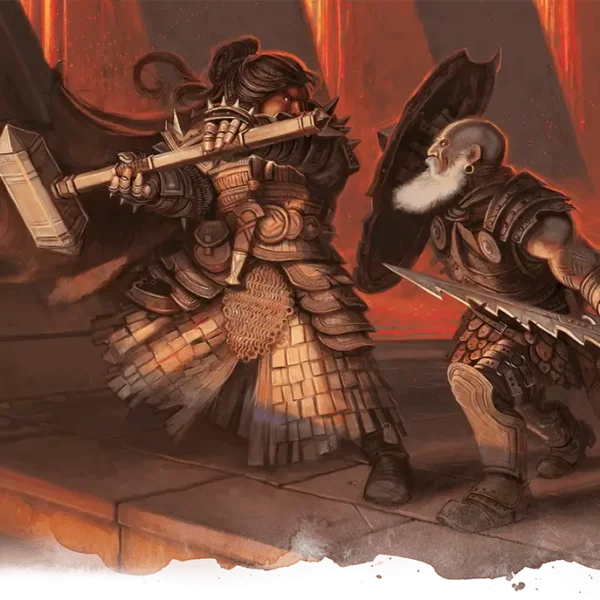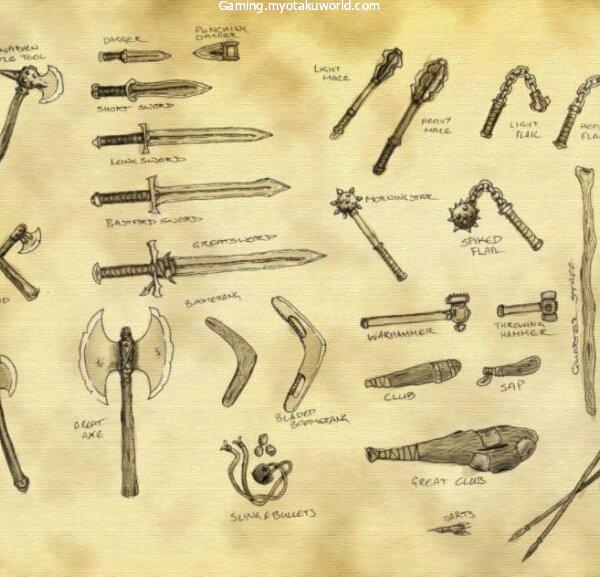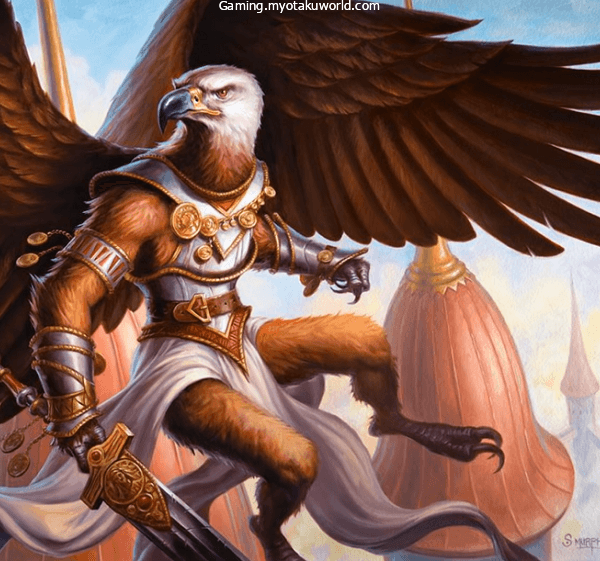A celestial creature was something that lived on one of the Upper Planes and looked like something that lived on the Material Plane.
People often thought these creatures were half-celestials, but they weren’t nearly as powerful and didn’t have the same bloodline as any of the real celestials.
Many creatures in the heavens were like animals to people on the Material Plane.
But what makes a human being a celestial being in the first place? What role do they play in the game, exactly? And, can you tell me how many there are?
I’m going to go over each of these questions in this section.
First things first, let’s talk about the definition of celestials in 5e.
What Are Celestial Creatures in D&D 5e?
In Dungeons & Dragons 5th Edition, celestials are one of the 14 different classes of monsters. In most cases, these beings are celestial beings or angelic entities.
They are not “good” in the traditional sense. On the other hand, they are typically heavenly beings with a moral compass, such as angels, kirin, and other beings of a similar nature.
It depends on the beast whether or not they serve as protectors or as avengers.
On page 6 of the Monster Manual, celestials are defined as the following:
“…creatures native to the Upper Planes. Many of them are the servants of deities, employed as messengers or agents in the mortal realm and throughout the planes.”
However, even though the Monster Manual asserts that celestials are “good by nature,” I cannot concur with this assessment.
There are heavenly beings that might personify the virtues (pegasi and kirin, for example).
But even if we disregard the glaring inconsistency in the MM’s description of empyreans (there is a 25% possibility that they are neutral evil), all angels serve deities in some capacity, regardless of the orientations of their followers.
Therefore, if you have a wicked god, it stands to reason that you would also have wicked angels.
This also depends on your designated mechanic (DM). If you permit me, I’ll spend all day using nasty celestials. I believe that a unicorn or couatl that has been tainted would be awesome.
Taking all of this into consideration, the majority of celestials are good. In addition to this, they have a few things in common with one another.
Common Celestial Characteristics:
Several qualities are common to all of the celestials, regardless of which ones are whose.
Typically, a celestial being is devoted to some higher goal or power. That someone is working for a deity or some other entity is not always implied by this fact.
On the other hand, they can have a predetermined objective or a prophecy that they were physically designed to fulfill.
Additionally, celestials are the embodiment of their alignment. I, like many other dungeon masters, tend to disregard the alignment system that is used in D&D.
It can result in the needless squeezing of characters into predetermined roles, and it just leads to a chaotic muddle of roleplaying.
However, when it comes to celestial bodies, the alignment of such bodies is an important consideration.
A heavenly fulfills a certain purpose. They are the pinnacle of their alignment, whether it is to carry messages to a deity’s chosen hero or to bring about the annihilation of the mortal universe.
Abilities
Aside from their beautiful looks, celestial creatures were mostly the same as the prime animals they looked like, but there were a few big differences.
All of the creatures in the heavens had at least a little bit of intelligence. A mouse from outer space would be smarter than any mouse from Toril.
All celestial creatures could see in the dark and were not hurt by acid, cold, electricity, spells, or, most of the time, attacks with regular weapons.
When an attack from a celestial creature hit a creature that was evil, it did more damage than it would have done to a normal creature.
Are celestial creatures unable to evolve?
Never in a million years.
Even within the canon of the history of the Forgotten Realms, Zariel is depicted as stumbling from her position as an angel of the Seven Heavens to that of an archduchess of the Nine Hells.
But when something like this takes place, there needs to be a huge deal made out of it. The same is true for the fallen angel who desires to redeem themselves for the wrongs they have committed in the past.
The existence of celestials is the following quality that all celestials share in common. It makes no difference whether it is heavenly or how lowly it is in rank.
To the eyes of a mortal, they exude a certain vibe, though it’s not necessarily a mechanical one. It’s appropriate for humans to feel fear or awe in the presence of celestial beings because they should be larger than life.
They are naturally resistant to being charmed or frightened, making mundane weapons less effective against them, and they have a natural resistance to radiant damage.
Radiant damage resistance or immunity is one of the more prevalent mechanical attributes for celestials. These aren’t present in all celestials, but they are found in a good number of them.
And finally, flying is a normal ability for most celestial beings in D&D 5e. Because, after all, why not?
Where Do Celestials Come From?
Celestials typically originate from either the Upper Plane or the Outer Plane in the world of the Forgotten Realms.
Realms such as Elysium, Mount Celestia, and Ysgard are some examples of places from where celestials could have originated.
If you aren’t playing in the Forgotten Realms, you can use any kind of heavenly (or less heavenly) realms instead.
Celestials in Dungeons & Dragons 5th Edition (or any other role-playing game, for that matter) originate from another plane of existence.
Because of this, they could appear strange to the majority of the mortals that they come into contact with.
There are, however, several notable departures from this rule. There is a possibility that unicorns, which for some reason are not considered fey creatures in 5e, are born and live in the prime material or mortal realm.
In the same way, couatls and pegasi are treated the same. Nevertheless, these creatures are still quite uncommon, and they bring awe-inspiring power with them wherever they go.
Your celestials can come from any place in the universe, just like everything else in a tabletop roleplaying game, right?
Do you want your celestials to originate in a mirror world? Don’t be afraid to try it. What about celestials from the top of a tall mountain that no one is allowed to climb for some reason? That is part of our past. Or, all of your celestials may get their energy from the sun’s rays.
When you’re designing the scenario for your campaign, you can do anything you want.
Using Celestials in Your D&D Game
How exactly do you incorporate celestials into the gameplay of your game?
Celestial beings might serve either as allies or adversaries in a story.
Because of the intrinsic depiction of their alignment and the natural resistances they possess, these characters are ideal for either aiding or hindering the party.
It is a lot of fun to use celestials in a variety of roles, such as guides, allies, foils, or even plain villains because celestials exist as avatars for their alignment.
They serve as either allies or villains in their work. However, if you utilize one of them as one of the party’s allies, I would suggest scaling back their power or influence to some degree.
As Allies
The fact that the party has a celestial as a friend shouldn’t take away from the work they’ve done. In addition, they shouldn’t have any direct impact on the activities of the party.
In the best-case scenario, a celestial ally should take on the role of a guide or teacher for the player characters.
In Dungeons & Dragons 5th Edition, creatures from the celestial plane can have impressive combat capabilities.
Because of this, it would be very simple to obscure the fact that the players themselves are playing the role of heroes in your game.
Include them in some capacity such as that of a guide or liaison if you want to have a celestial ally on your side.
A divine being and the party might communicate with one another through the medium of a heavenly ally.
Whether it be by informing them of the activities taking place in the Upper Planes or by providing heavenly advice towards the next objective they should pursue.
If you intend to discuss interstellar politics or conflict, this would be an excellent option for you to go with.
The second role that I would play for a celestial in a Dungeons & Dragons game is that of a guide or instructor.
This works well for player characters who have strong ties to a certain religion. However, this is not required at all.
A divine guide may act as the group’s moral compass or provide them with mystic instruction.
You get to decide what they learn to do in their training, but it might involve martial arts or heavenly magics.
Just keep in mind that you can’t let a celestial ally steal the spotlight from the party.
As Villains
Putting a celestial being in the role of a villain can be a really enjoyable experience.
The “all or nothing” nature of celestial entities makes them excellent candidates for the role of the antagonist.
To the same extent as aberrations, celestials are unconcerned about the challenges faced by mortals.
They exist on a plane that is incomparably superior to the average mortal’s life span. Therefore, they might consider mankind to be a nuisance.
This callous disdain for the lives of ordinary people makes them formidable foes.
Their objectives are so far removed from the menial tasks that make up the average mortal’s life that they could care less about how they accomplish them.
In the eyes of a celestial, the means will never be as important as the end goal. Therefore, the loss of a few million human lives doesn’t even register in their minds.
Now, this goes entirely against the “goodness” that the Monster Manual would have you believe is inherent in the monsters. However, “good” may not necessarily equate to “pleasing.”
Even more specifically about angels, the Monster Manual notes that”… an angel is nearly never incorrect in its judgments. An angel may develop a sense of superiority as a result of possessing this characteristic. “
To put it simply, angels are born with a natural inclination toward justice. This means that they will not give in and will not make any concessions.
Which, when pitted against a party that perhaps doesn’t view things as “black and white,” creates the ideal conditions for a conflict to arise.
Destruction of the mortal world is possibly the simplest way to stop an invasion of fiends into the Upper Plains.
Or, perhaps an angel is after the planes because a prophecy predicts that a single mortal (read: a child or a close, intimate friend of the party) has the potential to become the destroyer of planes, and the angel seeks to destroy them.
Things of this nature could turn a celestial with a good alignment into a villain in your Dungeons & Dragons game.
Celestial villain goals:
- A gang of celestials is working toward the goal of making an ancient prophecy come true, which states that the realm of the mortals must be annihilated.
- A fallen angel has devised a plan to invade the Upper Planes accompanied by legions of demons.
- As an ambitious celestial general seeks to create an outpost in the mortal realm, a conflict that has been raging over the Outer Planes crosses over into the mortal world.
- A fragment of the body of an ancient being that is older than the gods and has passed away has recently impacted the mortal realm. The shard is desired by both angels and demons, but a particularly ambitious angel wants it for himself first.
Whatever it is that your celestial villain intends to accomplish, it must be monumental.
It is necessary for it to have cosmic repercussions, regardless of whether or not they achieve its purpose.
Celestial Creatures in D&D 5e by CR

Whatever your evil god wants, it needs to be a big deal. It needs to have cosmic consequences if they don’t reach their goal or if they do.
- CR 2 – Pegasus (Basic Rules)
- CR 4 – Couatl (Basic Rules)
- CR 4 – Winged Bull (Mythic Odysseys Of Theros)
- CR 4 – Winged Lion (Mythic Odysseys Of Theros)
- CR 5 – Battleforce Angel (Guildmaster’s Guide to Ravnica)
- CR 5 – Felidar (Guildmaster’s Guide to Ravnica)
- CR 5 – Hollyphant (Baldur’s Gate: Descent Into Avernus)
- CR 5 – Unicorn (Basic Rules)
- CR 10 – Deva (Basic Rules)
- CR 10 – The Abbot (Curse of Strahd)
- CR 11 – Radiant Idol (Eberron: Rising From The Last War)
- CR 12 – Archon of Falling Stars (Mythic Odysseys of Theros)
- CR 12 – Firemane Angel (Guildmaster’s Guide to Ravnica)
- CR 12 – Kirin (Volo’s Guide to Monsters)
- CR 14 – Archon of the Triumvirate (Guildmaster’s Guide to Ravnica)
- CR 14 – Deathpact Angel (Guildmaster’s Guide to Ravnica)
- CR 16 – Ashen Rider (Mythic Odysserys of Theros)
- CR 16 – Fazrian (Waterdeep: Dungeon Of The Mad Mage)
- CR 16 – Planetar (Basic Rules)
- CR 21 – Solar (Basic Rules)
- CR 23 – Aurelia (Guildmaster’s Guide to Ravnica)
- CR 23 – Empyrean (Monster Manual)
Conjure Celestial 5e List
The Conjure Celestial spell has a level of 7. You can call up a celestial creature with a CR of up to 4 for up to an hour.
There aren’t that many options here.
Here is a list of 5E creatures that can be called “conjure celestial”:
- Pegasus
- couatl
- Winged Bull
- Winged Lion
… All done.
As I said, there aren’t many choices for heavenly creatures under CR 4.
At least they can all fly, though.
FAQs
Are Celestials Humanoid in 5e?
No, in 5e, celestials aren’t humanoids.In D&D 5e, there are two different kinds of monsters: celestial and humanoid. So, a celestial is not like a person.
Are Celestials Immortal in 5e?
In 5e, there is no way for a celestial to stay alive forever. At least the ones that aren’t gods don’t live forever.At best, celestial mortality is hard to understand. And to be honest, it depends on the game. No, not mechanically. You can kill every celestial in the sourcebooks (that is, every celestial with a stat block). But…they’re gods, come on!Your game might be like Fiends, where a dead celestial outside of its home plane can come back to life.
So, your party can still make a celestial’s life hard by sending them home for a short time. But they are still alive. Then there’s the matter of the gods. Again, this depends on the game you’re playing. Maybe your game is about a group of people who kill gods. Perhaps that’s the main plot: a god who had just been killed sent its last follower to the world of humans.All of it is up to you.
Are All Gods Celestials in 5e?
In 5e, gods don’t have a set creature type. So no; gods are not celestials. Deities don’t have stat blocks in 5e. Since there is no hard and fast rule on this, you or your DM can decide what kind of creature a god is.
Are Aasimar Celestials?
No. Aasimar is not a celestial in 5e. They look like people.Even though they come from a celestial being or have been blessed by one, aasimar still looks like a human. That’s it for D&D 5e’s celestial creatures. They are one type of monster that makes up the different creatures in your game. They are great allies or enemies because they naturally show how they are aligned. But there aren’t that many official celestial creatures, and the conjure celestial spell gives you even less choice.
Last thing: if you want more celestial creatures, just change the creature type of another monster. Nothing is stopping a dungeon master from taking a goblin and saying, “This is now a celestial creature.” Not even a thing. As a DM, that’s your right.
